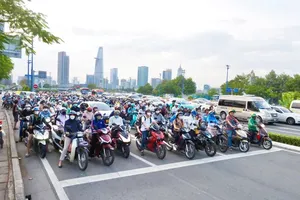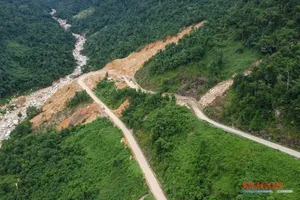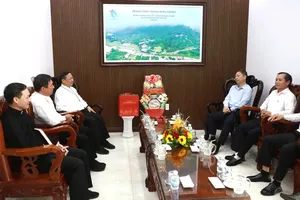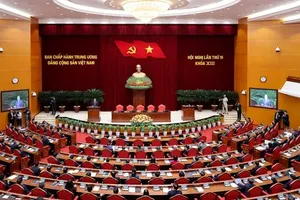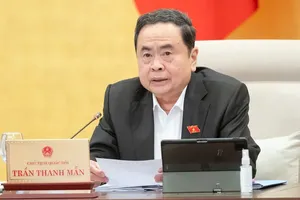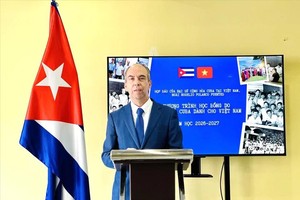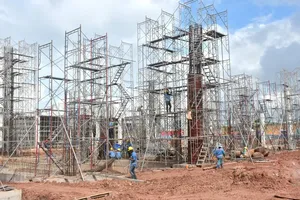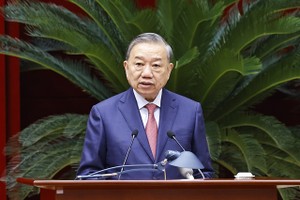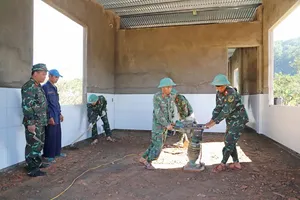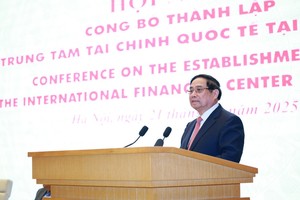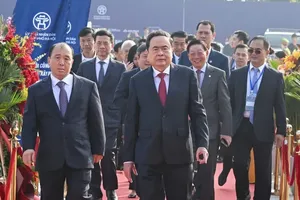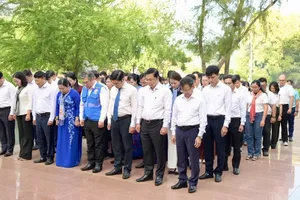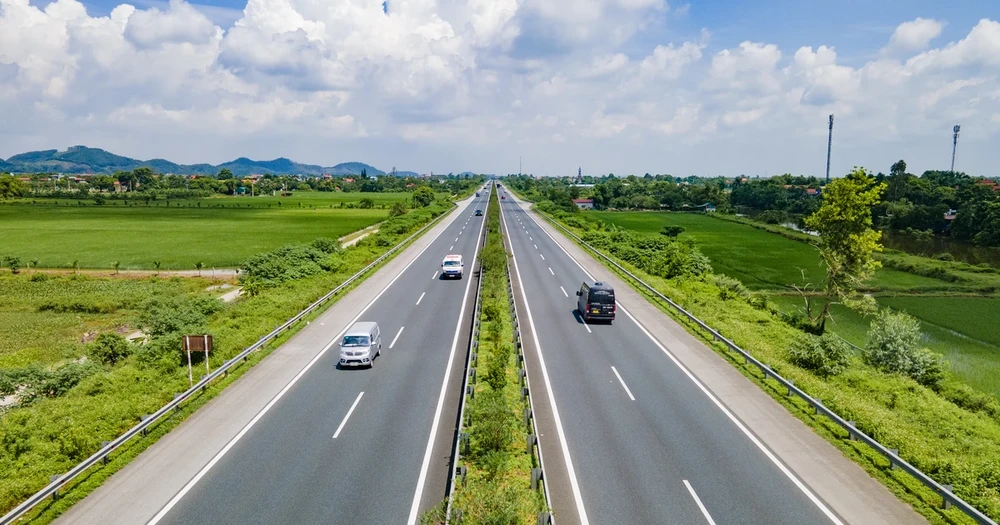
The region has developed nearly 120 kilometers of expressways over the past 20 years since the first Ho Chi Minh City-Trung Luong expressway was implemented in 2004.
For a long time, the Mekong Delta faced a lack of expressways. The region is expected to have an additional 207 kilometers to be completed in the next two years, reflecting the determination of the Government and local authorities to remove the Mekong Delta from the area of poor transport systems.
After the 41-kilometer Ho Chi Minh City - Trung Luong expressway was inaugurated in 2009, it took more than a decade for the 51-kilometer Trung Luong - My Thuan expressway to be completed in 2022. In addition, the 23-kilometer My Thuan-Can Tho expressway was inaugurated at the end of 2023, reducing the travel time from Ho Chi Minh City to Can Tho to just over two hours.
The region had around 115 kilometers of expressways by early 2024 and is expected to have 327 kilometers at the end of 2025 when key routes, including Can Tho-Ca Mau, My An-Cao Lanh, and Lo Te-Rach Soi, are completed.
The Mekong Delta plans to reach a goal of having 600 kilometers of expressways put into operation in 2025, raising the total length to 1,200 kilometers by 2030, and creating a comprehensive transportation network. After 2030, the region will have two new expressways, the Ca Mau - Dat Mui and Hong Ngu - Tra Vinh. These routes will serve as key pillars for the development of the maritime and coastal economy, creating a larger space for growth in the Mekong Delta.
Currently, the 110-kilometer Can Tho-Ca Mau expressway has achieved more than 56 percent of its volume. Phase 2 of the expansion project of the 51-kilometer Lo Te-Rach Soi expressway is expected to be completed and put into operation in 2025.
The My An-Cao Lanh expressway, stretching over 26 kilometers, connects N2 Street with Cao Lanh Bridge in Dong Thap Province. The 188-kilometer Chau Doc - Can Tho - Soc Trang expressway and the 175-kilometer Ha Tien - Rach Gia - Bac Lieu expressway are expected to be started in 2026, linking the Mekong Delta provinces with Cambodia. These will be the two longest expressways in the Mekong Delta region.
The development of the expressway network in the Mekong Delta not only helps change the region's transportation landscape and enhance intra-regional and inter-regional connectivity with Ho Chi Minh City and the Southeastern provinces but also creates a strong driving force for the Mekong Delta. The expressway network will attract investment, reduce logistics costs, and improve the competitiveness of businesses, especially agricultural and seafood export businesses.
Shortening travel time also contributes to boosting tourism, making it easier for visitors to access the Mekong Delta's attractive tourist spots. Once transportation improves, other economic sectors will have the opportunity to thrive, opening up many new development opportunities for the region.
However, in addition to the positive signals, the implementation of expressways in the Mekong Delta still faces several challenges. Lessons learned from delayed projects like the Trung Luong-My Thuan expressway, which took 13 years to complete, Ben Luc - Long Thanh expressway being stalled for many years due to financial issues, show that the implementation of projects depends not only on political determination but also on thorough preparation in terms of capital, land clearance, and implementation mechanisms.
It needs stronger solutions to mobilize capital, reform administrative procedures, and improve management capabilities to ensure progress. In particular, the mobilization and allocation of investment resources and the assignment of responsibilities between central ministries and local authorities are practical lessons that must be emphasized in the coming time.
Additionally, site clearance work needs to be carried out quickly and transparently with reasonable support mechanisms to gain the public's consent. Another important factor is closely monitoring the construction progress to ensure quality, avoiding cost overruns, and delays in project completion.
